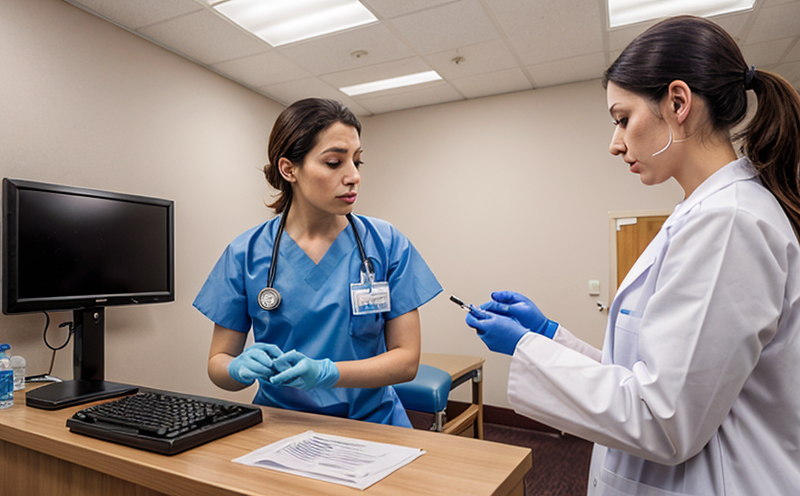Heavy Metal Toxicology Testing in Animal Feed
Heavy metal toxicology testing in animal feed is a critical aspect of ensuring the safety and quality of food products that contribute significantly to human nutrition. Heavy metals such as lead (Pb), mercury (Hg), cadmium (Cd), arsenic (As), and copper (Cu) can accumulate in animal feeds due to environmental contamination or improper use, posing serious health risks when consumed by livestock and ultimately humans through the food chain.
The testing of heavy metals in animal feed is primarily focused on preventing adverse effects such as organ damage, neurological disorders, and even cancer. Regulatory bodies around the world have established stringent limits for these elements to safeguard public health. For instance, the European Union’s Maximum Levels Directive sets specific thresholds for heavy metal content in various types of feed.
Our laboratory specializes in providing comprehensive testing services that help our clients ensure compliance with international standards and guidelines. We use state-of-the-art analytical techniques including Inductively Coupled Plasma Mass Spectrometry (ICP-MS) which allows us to detect even trace levels of heavy metals, ensuring accurate results.
The process involves collecting samples from different batches or lots within the production cycle, preparing them according to standard protocols, and then analyzing using high precision equipment. Results are reported back with detailed information on concentrations found for each metal tested so that corrective actions can be taken if necessary.
By partnering with us, you gain access not only to reliable data but also expert advice tailored specifically towards your unique situation whether it’s ensuring regulatory compliance or enhancing product quality through continuous improvement efforts. Our team understands the complexities involved in this area and offers solutions designed to meet industry needs effectively.
Applied Standards
| Standard Code | Description |
|---|---|
| ISO 17025:2017 | General requirements for the competence of testing and calibration laboratories. |
| EN ISO/IEC 17025:2018 | Similar to ISO but tailored specifically for European Union countries. |
| ASTM E1623-94(2014) | American Society for Testing Materials standard method for determination of metals in feed materials by atomic absorption spectrophotometry. |
| AOAC Official Method 985.08 (2017) | Analytical methods developed by Association of Analytical Chemists used widely across the globe. |
Benefits
Implementing heavy metal testing in animal feed offers several benefits beyond just meeting regulatory requirements. Firstly, it helps protect your brand reputation and consumer trust by ensuring that all products meet strict quality standards set forth by governing authorities.
- Compliance: Ensures adherence to international regulations like those outlined by the FDA or EU.
- Risk Management: Identifies potential hazards early on, allowing for prompt corrective measures.
- Innovation: Encourages ongoing research into safer additives and ingredients.
Additionally, regular testing allows you to monitor trends over time, making informed decisions about ingredient sourcing and formulation adjustments. This proactive approach ensures long-term sustainability for both your business operations and environmental impact.
Why Choose This Test
- Accurate Results: Utilizing advanced ICP-MS technology, our lab delivers precise measurements down to parts per billion (ppb).
- Comprehensive Coverage: Tests for multiple heavy metals simultaneously in one sample preparation step.
- Fast Turnaround Times: Expedite decision-making processes by obtaining results quickly.
- Expertise: Our team comprises experienced scientists with extensive knowledge of toxicological principles and regulatory frameworks.
- Custom Solutions: Tailor services to fit individual business needs whether large scale operations or small batch production runs.





